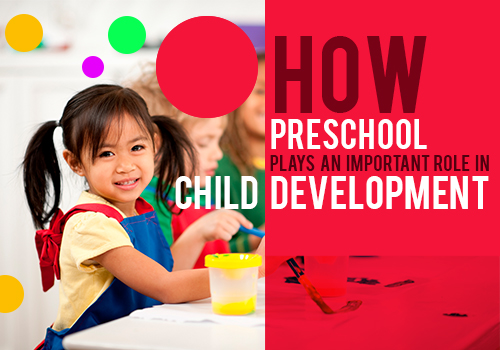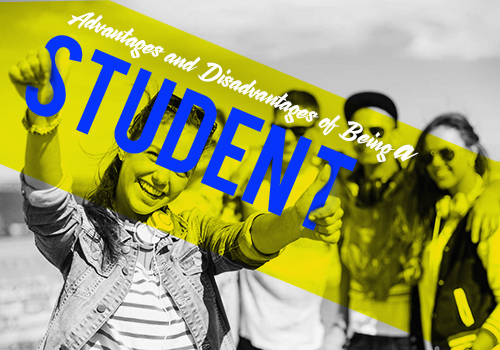“Give me a break”! While this statement sounds very familiar in stressful situations, allowing your kid to enjoy a break is no less enlivening.
In fact, teachers should bestow the break-regime to the entire class for all the students to perform better in school.
Alongside helping kids to break the monotony that sets in with continuous learning, recess time can come as a powerful tool to bring about a holistic improvement in the attitude and performance of kids.
Here are all the ways in which frequent breaks during the day help kids to learn better and enjoy their schooling hours.
- Promote Holistic Development in Kids
It is a common scene to watch kids stuck to their study desks all day long. Sitting for long hours in front of books leads to inculcate a sedentary lifestyle. Here comes the need to include frequent day breaks to kids for them to step out of their classroom walls and play in the open.
While sitting for a long time comes in the way of kids not getting enough of physical exercise, it also leads to lack of concentration on what is being taught in class.
So, if you as parents and educators wish to see your kids pay attention to subjects and learn better, it is the need of the hour to include frequent brain breaks.
Research suggests that bodily movements have positive effects on the functioning of the brain. Lighting up the areas of a kid’s brain which are linked to learning, brain breaks which come in the form of short breaks energize kids.
Breaks allow kids to experience a boost of blood and oxygen flow, enabling them to retain and recapitulate subject knowledge better.
- A Sure Shot Means to Counter the Ill-Effects of Juvenile Obesity
Juvenile obesity is a major epidemic plaguing kids from across the various parts of the globe.
Sitting for extended periods in classrooms can cause a great deal of physical damage to kids which will eventually manifest in the form of emotional disturbances.
Kids who are not given frequent study breaks will sport fat bodies which will impair their overall physical and emotional makeup.
They turn lethargic and develop a low self-esteem about their bulging bodies which impairs their academic performance.
Frequent breaks to kids will help them play and sweat it out in games they love the most. In this manner, they can keep themselves away from the damages caused by unwanted fat.
If you team the lack of exercise with junk food binges that kids usually indulge in, your problem gets compounded.
This problem can be tackled by giving short and frequent breaks to kids during school hours when they will enjoy every bit of their “me time” so that they can make the most of the schooling hours.
- Multiple Benefits of Recess Time
Recess time is that time of the day when kids are allowed the freedom to do what they love the most.
They can rest, play, run around the campus, socialize and even set their brains to think and imagine.
Having time on your hands where you will have nothing to do with studies, you as kids can make the most of your frequent break times to divert your mind from strenuous and brain-wracking educational tasks.
It is only after a break that your brain resets giving you the power to face the rest of the day.
All work and no play makes Jack a dull boy. This famous maxim should inspire parents and educators to offer frequent breaks to kids.
Allow your kids to play in the open unsupervised. This way, kids will not only learn the spirit behind winning and losing but will also learn to adapt themselves to a tricky situation.
This is also a part of learning when kids begin to associate themselves with their friends while trying to sort out minor disputes during play.
Recess time is hence the best time for kids to learn how to cope with life; a constant learning.
- Sharpens Memory And Comprehension Skills
Frequent breaks come as a perfect diversion to kids who are hooked to their books.
Give them a small break and you will witness the rise in attention spans of kids. Kids not only demonstrate increased attentiveness towards the classroom session but will also be able to fair better during exams.
The credit goes to breaks which improve the memory of kids so that they learn better.
Playing games during recess time not only helps kids get along well with their mates but also teaches them what is called as reciprocal learning.
Kids who notice others play will incorporate their moves into the game and derive the benefits of excitement coupled with learning.
- Paves Way for Creative Thinking in Kids
Tagged as a brain exercise, the focused-attention practice can help kids quieten the bombardment of thoughts in their minds.
It is through such a practice that kids learn to pay attention to the task at hand. One such activity is to focus on the breath.
Every time the kid inhales and exhales, the mind’s chatter still continues.
But you as educators and guardians should reiterate the fact that it is fine for the mind to experience the constant inflow of thoughts.
Through such a breathing practice that can be introduced as part of a break time, you can do a great deal of good to kids.
Teachers, most of the times find it very difficult to calm fidgety kids. Such practices of focusing on the breath will help kids to pay attention to their thoughts, choices and feelings.
Through introspection, they will be able to grab every opportunity that allows them to later such feelings and thoughts, paving way for a creative thinking in kids.
It is through such a self-awareness that kids tread the path of creativity; a deep learning in itself.
- Correlation Between Learning and Bodily Movements
Given the fact that kids are powerhouses of energy, it is very much essential for them to move their bodies.
Most of the kids do not get the much needed exercise that will turn on their brain-power. When the brains of kids start sending impulses for bodily movements, they start to fidget.
This brings about the correlation between bodily movements and learning. You must have heard the reaction coming from teachers and parents dealing with fidgety kids when they ask such kids to simply sit and pay attention, without fidgeting with anything.
This is a practice to allow the brain to get into an inactive mode. This is the correlation between bodily movements and learning.
For kids to learn, they need to focus their attention on the topic that is being taught in class. And for them to pay attention, they need to move their bodies. Such bodily movements are possible during recess time when kids unleash their physical power to accumulate loads of mental power.
With such frequent breaks, kids will be able to reset their brains so that they can fulfill the responsibilities of a working day to the best of their ability and go back home with lots of learning.
- Social And Communication Skills Witness an Upswing
Learning is not only about assimilating bookish knowledge. It also pertains to honing certain skills that will make the lives of kids worthwhile in a number of ways.
Kids who are on the threshold of stepping into the society demand certain social skills that are very important for their self-esteem. It is during a break time that kids enhance their social skills and make friends with their classmates.
Confidence starts building up in diffident and introvert kids when they find themselves in the company of active and vocal kids.
Such social interactions during recess time not only help them identify good friends but will also help them indulge in an activity that they love the most. In doing so, kids will also start building communication skills.
They start to overcome their fear of striking a conversation with an unknown student; all during their recess time.
Goal-setting and meeting their pre-defined targets is another skill that will go a long way in helping kids to excel in their chosen field.
All these things come as invaluable learning to kids; predominantly during their much-needed break time.
Key Takeaways
Mindful of all the socio-physical-intellectual and emotional learning that are bestowed by recess in schools, it is very important for kids to expend their energies in the company of their friends.
Simply allow them to play outdoors, not only within the school premises but also after they get back home.
Such breaks not only help your kids to recharge their memory and physical strength, they will also help them stay focused on their academic pursuits.
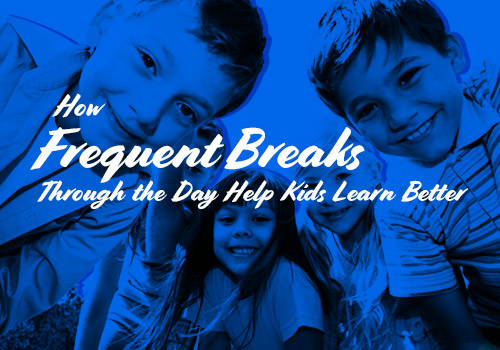
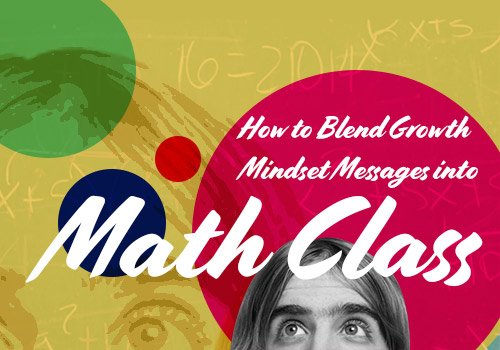
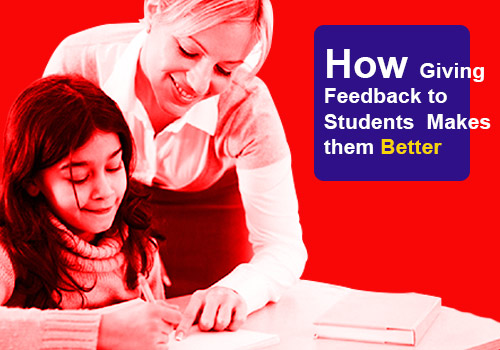



![35 Free Educational Websites You Shouldn’t Miss [Infographic]](https://wp.edsys.in/wp-content/uploads/2018/03/19-02-2018_35-Free-Educational-Websites-You-Shouldnt-Miss_featured-image.jpg)













